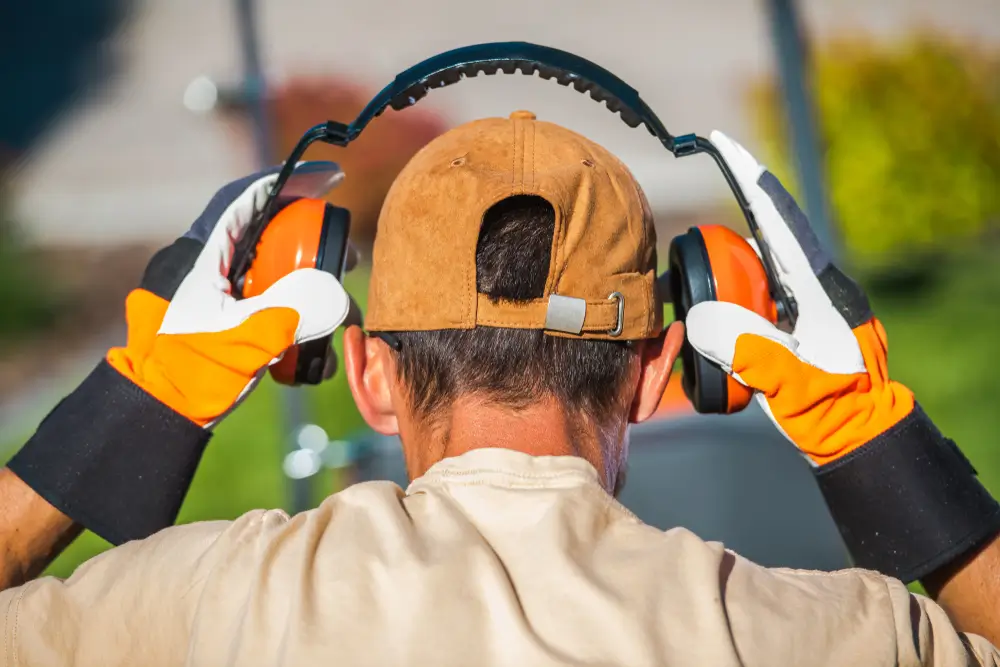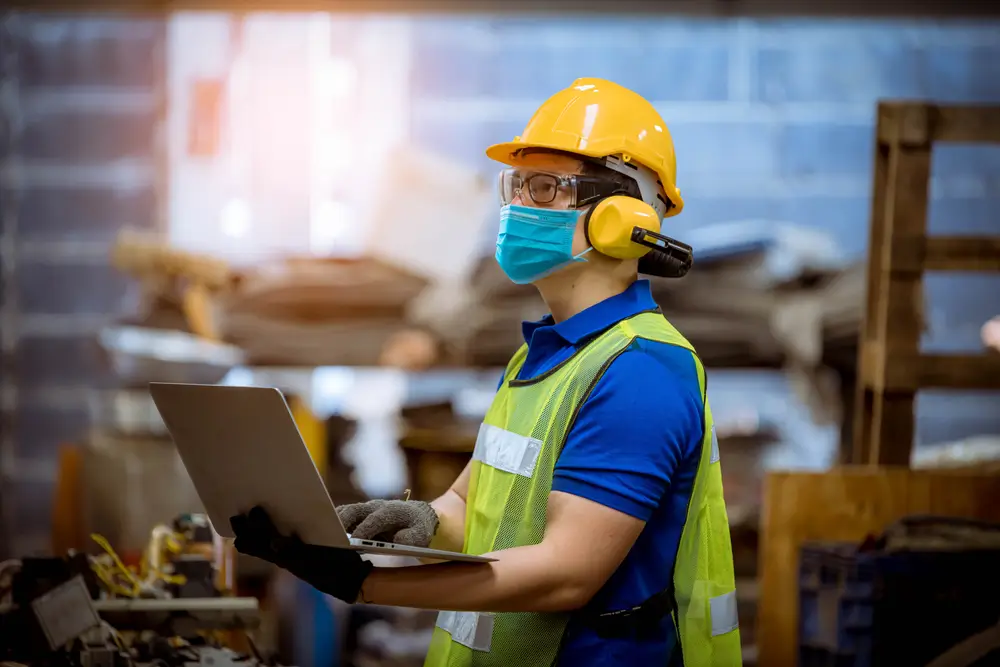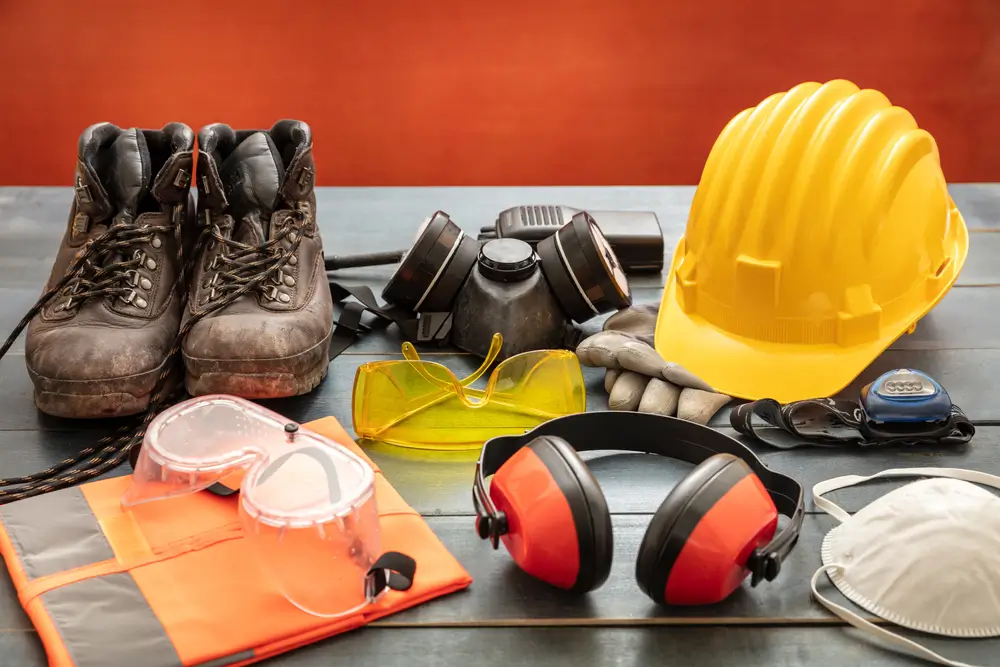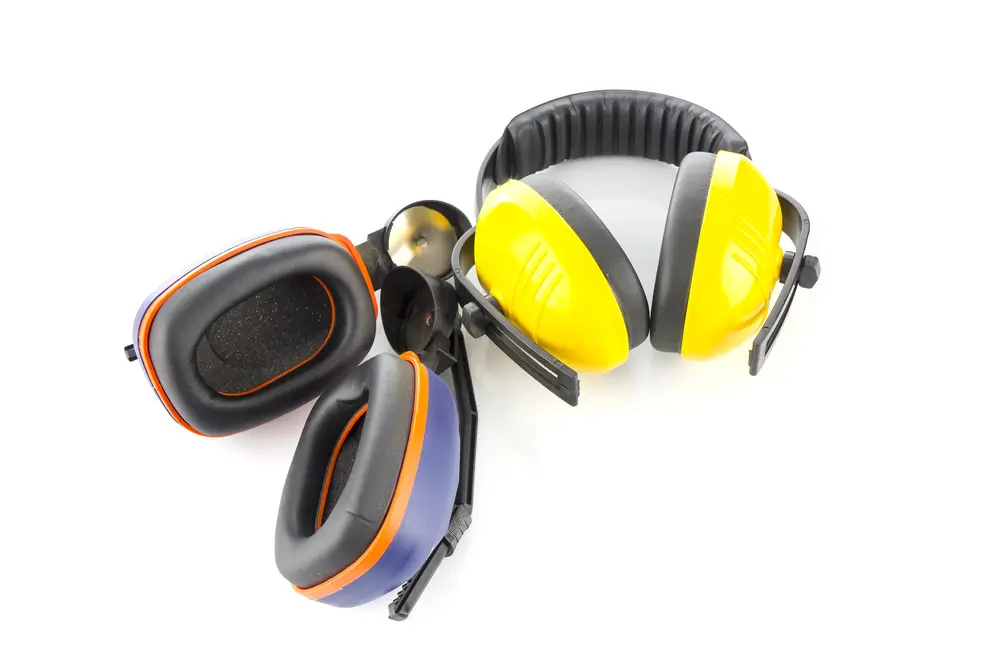Workplace noise is more than just a nuisance — it’s a serious occupational hazard. Prolonged exposure to high noise levels can cause permanent hearing damage, increase stress levels, reduce productivity, and heighten the risk of accidents due to communication breakdowns. According to the Health and Safety Executive (HSE), around 17,000 people in the UK suffer from work-related hearing conditions every year, many due to inadequate noise control.
Employers have a legal and ethical responsibility to provide a safe working environment, including managing noise levels. Here’s how you can protect your team from loud workplace noise and foster a healthier, more productive environment.
1. Understand the Risks of Workplace Noise
Noise-induced hearing loss (NIHL) is irreversible but entirely preventable. It occurs when the tiny hair cells in the cochlea of the inner ear are damaged by repeated exposure to high decibel levels. Sound levels over 85 dB can lead to hearing loss over time — for comparison, this is the equivalent of heavy city traffic.

Aside from hearing damage, loud noise contributes to:
- Increased fatigue
- Impaired concentration
- Miscommunication and mistakes
- Long-term health effects, such as hypertension and heart disease
Workers in manufacturing, construction, aviation, and other industrial sectors are particularly at risk. Understanding who is exposed and for how long is the first step toward prevention.
2. Conduct a Noise Risk Assessment
The first step in protecting your team is to carry out a thorough noise risk assessment. This helps identify:

- Sources of loud noise
- The duration and frequency of exposure
- Which employees are most at risk
- Specific tasks that produce peak noise levels
Using professional-grade sound level meters or modern apps and digital tools can help you measure decibel levels accurately across various workplace zones. Once you have the data, compare it to regulatory guidelines (like OSHA’s permissible exposure limit of 90 dB over 8 hours in the U.S. or HSE’s exposure action values in the UK).
A detailed assessment informs your noise control strategy.
3. Implement Engineering Controls
Wherever possible, reduce noise at the source. Engineering controls are physical changes that can significantly reduce noise emissions:

- Enclose noisy machinery in sound-dampening barriers
- Install vibration mounts to minimize machine rattling
- Use quieter tools or machines (many manufacturers now offer low-noise equipment)
- Regularly maintain equipment to prevent additional noise from wear and tear
- Apply noise-dampening materials like acoustic panels, mats, or curtains
Reducing workplace noise at the engineering level is the most effective long-term strategy. By addressing the root cause, you reduce the need for other forms of protection.
4. Introduce Administrative Controls
If eliminating or reducing the noise source isn’t feasible, administrative controls can help limit worker exposure:

- Rotate workers between noisy and quieter tasks
- Schedule high-noise tasks for times when fewer employees are present
- Limit the duration of exposure by introducing scheduled breaks in quiet areas
- Use noise hazard signage to raise awareness and remind workers of safe zones
- Train employees with hearing conservation methods and techniques.
By changing the way work is scheduled and performed, you can significantly reduce the impact of noise exposure on your workforce.
5. Provide Personal Protective Equipment (PPE)
When engineering and administrative controls are not enough, personal hearing protection becomes necessary. Common PPE includes:

- Earplugs – Ideal for long-term wear; available in disposable or reusable styles
- Earmuffs – Easy to wear and often preferred for intermittent use
- Custom-molded protectors – Provide the best fit and comfort for long durations
Make sure PPE is suitable for the environment. For example, construction workers might need earmuffs that fit over helmets, while manufacturing workers might benefit from low-profile earplugs that don’t interfere with other gear.
Ensure employees are properly trained on how to wear and care for their hearing protection. A poorly fitted earplug is almost as ineffective as no protection at all.
6. Monitor and Review Regularly
Noise levels in the workplace can change over time due to new equipment, layout changes, or process adjustments. That’s why continuous monitoring is crucial.

Schedule regular noise assessments — at least annually or whenever changes occur. Use feedback from workers to identify areas where noise is still a concern and adjust strategies accordingly.
Also, review employee health records and conduct periodic hearing tests (audiometry) for those exposed to high noise levels. Early detection of hearing loss allows for timely intervention and prevention of further damage.
7. Create a Culture of Hearing Safety
Protecting employees from noise isn’t just about rules and equipment; it’s about building a culture that values hearing health.

Encourage open communication. Let workers report noise concerns without fear of dismissal. Display educational posters, hold toolbox talks, and celebrate successes in noise reduction.
Organizations that embed hearing safety into their culture, from leadership to the shop floor, see better adherence, reduced incidents, and healthier employees.
8. Stay Compliant With Regulations
Adherence isn’t optional. Depending on your region, specific regulations govern occupational noise exposure. In the U.S., OSHA enforces standards under 29 CFR 1910.95, while in the UK, the Control of Noise at Work Regulations 2005 set detailed exposure limits and employer responsibilities.

Make sure your workplace:
- Keeps accurate records of assessments and hearing tests
- Provides necessary hearing protection training and PPE
- Implements controls when exposure exceeds safe thresholds
- Follows up with any required health surveillance
Failing to adhere can lead to costly fines, legal action, and most importantly, preventable harm to your workforce.
Conclusion
Loud workplace noise isn’t just disruptive — it’s dangerous. But with a proactive, layered approach that includes risk assessments, engineering and administrative controls, personal protective equipment, and ongoing training, employers can protect their teams from the hazards of excessive noise.
Creating a quieter, safer workplace is an investment in your employees’ long-term health, your company’s productivity, and your legal adherence. Start today by measuring the noise around you — and then take the steps needed to turn down the volume for good.




